Promotion and branding are key in ensuring that your podcast can effectively reach its audience. With so many podcasts available, however, simply sharing episodes and posting images is often not enough to make a podcast stand out.
As the gap between the audio and visual aspects of podcasting gets smaller and smaller, audiograms are a great way to create highly engaging content that will drive more traffic. This post will cover what makes audiograms so essential and some practices for making them discoverable and captivating.
What is an audiogram?
Simply put, an audiogram is a video made from a static image layered with audio tracks, soundwaves, and text to create a engaging asset for your podcast.
They will normally contain your podcast artwork, an audio snippet as well as sound waves or subtitles.
The combination of these visual and audio elements creates an intriguing and easily shareable clip for different kinds of marketing platforms. Audiograms go beyond a still image or text link and they are highly associated with podcasts, allowing them to further capture the attention of desired audiences.
Take a look at an audiogram from an episode of the NHBF Shines On podcast.
What makes an audiogram effective?
With the nature of podcasts rooted in high-quality audio first content, creators may face challenges when trying to promote their work to potential followers and keep current ones engaged. Additionally, a lot of popular online sharing platforms such as Youtube, Instagram, Facebook, and Twitter prioritise visual content over audio.
Audiograms have proven to serve as attention-grabbers that will boost engagement. For example—in a study carried out by Headliner—audiograms generated five times more traffic compared to static images when a podcast episode was shared on Facebook. Not only did the number of impressions increase, but the click-through rate quadrupled and the cost-per-click was $0.08 for audiograms compared to $0.42 for the static image. Another study by the New York Public Radio in 2016 concluded that “the average engagement for an audiogram is 8x higher than a non-audiogram tweet.”
The importance of video for promotion cannot be ignored—and for those who do not have a video podcast—audiograms are an invaluable asset that creators should have in their arsenal.
Need help making audiograms to successfully promote your podcast? We’ve got you covered.
How to make audiograms for podcasts
The steps for making a podcast audiogram are really simple! First you need to select which platform you’d like to use to make the clip.
There are a number of different tools on the market but some of our favourites include Headliner, Riverside and Wavve.
Then all you’ll need to do is:
Upload your audio file.
Select an engaging clip from your show
Choose a design.
Download your mp4 video and upload to the social media channels of your choice!
Best Practices for Audiograms - Tips and tricks
Aside from the essential podcast producer’s checklist and the plethora of programs available to make audiograms, there are certain things that one needs to keep in mind to fully take advantage of them. Thankfully, you do not have to be a professional graphic designer or coder to make audiograms, but make sure to take these tips into account when you create them.
To transcribe or not to transcribe?
Although audiograms can be made without captions, it is highly recommended that transcriptions and subtitles are not only present but also well-timed and accurate.
People scrolling through their feeds may not recognise that an audiogram is meant to be listened to—especially on social media platforms like Facebook and Instagram where videos are muted by default.
Findings by Tubular Insights indicate that around 80% of people will be more likely to watch and listen to a clip if it includes captions. Including well-made and correct captions will only improve the quality of audiograms. It’s a must do!
Audiograms’ Length and Dimension Considerations
Since the purpose of audiograms is to serve as short, enticing clips to capture the audience’s attention, their ideal length is between 30 and 60 seconds. It is possible to make full podcast episodes using an audiogram, which could be posted on your website or YouTube. However, be aware that audiograms that are too long may lead to your audience scrolling away.
In regards to audiogram size, we recommend the following three dimensions for different mediums.
Square (1080px by 1080px) - Used for Facebook and Instagram feeds. Specifically for Facebook, square video works better than landscape as it covers a larger portion of the screen on a mobile newsfeed.
Vertical (4:3 or 1080px by 1920px) - Used for Instagram Stories, IGTV, TikTok, and Snapchat.
Widescreen/landscape (16:9 or 1920px by 1080px) - Used for YouTube and websites.
Selecting the Right Visuals
Making an audiogram stand out visually is key to audience engagement. In general, images with people in them tend to do better, as they can increase conversions by up to 95% according to entrepreneur Neil Patel. If you have a duocast or podcast that often features guests, including an image of the person or the group may be a solid choice.
On the other hand, you can still make an image for your audiogram without a person on it. Using colour schemes that suit the podcast cover, different audiograms for every episode, and sound waves that match the speaker’s volume and pitch are important factors that can transform an audiogram from good to great.
Elevate Your Podcast Promotion and Marketing Strategy with Audiograms
Overall, audiograms are a fantastic way to make your social media presence stand out, as well as to drive traffic and clicks to your podcasts. Although they are one of many ingredients in the ideal podcast marketing mix, the rise of integrating video into podcasting makes audiograms a must for any promotion strategy.


